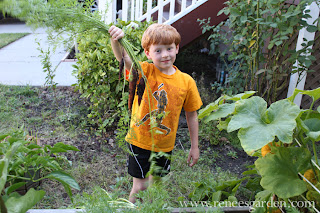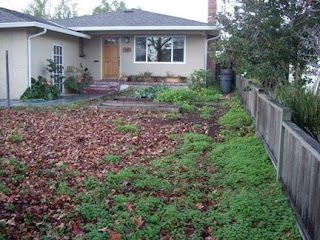The office staff of Renee’s Garden recently spent a cozy afternoon together making holiday wreaths at our 2010 holiday party. Our horticulturalist, Beth Benjamin, hosted us at Camp Joy Gardens in Boulder Creek, CA, where she is a founder and current board member. We enjoyed homemade soup in the kitchen, exchanged gifts and then spent the afternoon creating our wreaths from a multicolor array of dried flowers and herbs that Beth selected from the harvest at Camp Joy. It was a nice break for all of us and fun to see the creativity that each person brought to their wreath designs.
Before we sat down to lunch, Beth took us on a tour of the farm. Renee's Garden has a special connection to Camp Joy – they grow the seed for our delicious Camp Joy Cherry Tomatoes! As we toured the gardens it was easy to envision the bounty produced in the height of the harvest. Even in the middle of December there were crops of greens in the ground, persimmons hanging on the trees and honey being processed in the barn. The goats were happy to see us and gobbled up the Kohlrabi greens offered as treats.
Camp Joy is a non-profit organic farm that sustains itself thru a CSA and sales of its products to local stores and the community. They are particularly known for the beautiful dried flower wreaths made from flowers grown and dried throughout the summer. In existence for 40 years, Camp Joy has apprenticed many successful farmers and taught generations of kids about the wonders of gardening. Their website is http://www.campjoygardens.org/
The main farmhouse showcases the bounty of the garden and we all admired the craftsmanship of the wreaths displayed on the wall. It was a damp day outside, but inside the wood fired stove pumped out warmth all afternoon. At the end of the day we were all pleased with our handiwork and a fine holiday get together.


































